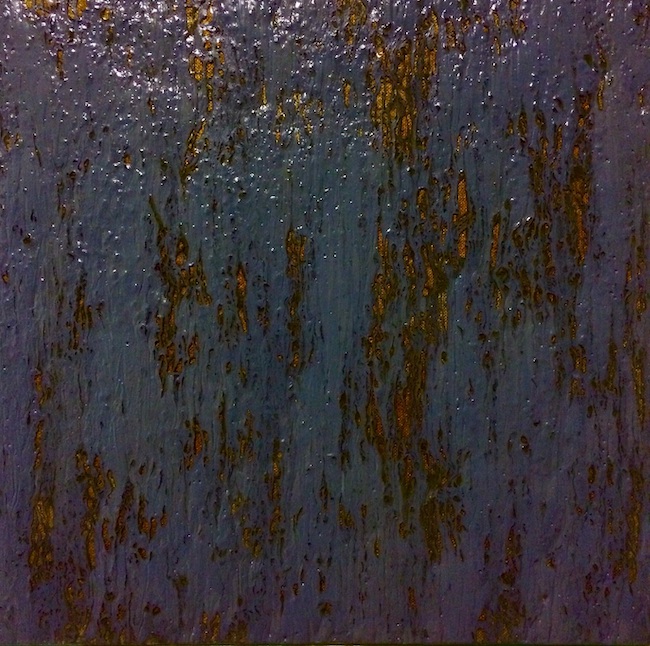Fare arte non è solo un mezzo per esprimere la propria interiorità e liberare le proprie emozioni, in alcuni casi si trasforma in un vero e proprio modo di intendere l’esistenza e tutto ciò che all’interno di quel breve spazio temporale si verifica; tanti artisti del passato hanno generato grandi opere basandosi su concetti filosofici, su correnti di pensiero di cui la realizzazione dell’opera era una manifestazione figurativa. Il protagonista di oggi si muove su più fronti della conoscenza e della cultura che poi riesce ad amalgamare e a rappresentare nella sua arte.
Nel corso della prima metà del Novecento, il fervore culturale e i cambiamenti epocali che si stavano generando nella società dell’epoca produssero una stretta correlazione tra tutti i settori artistici e filosofici che quei cambiamenti vollero accoglierli e percorrerli; per la prima volta nella storia i dipinti si avvolgevano di concetti, di significati differenti da quelli puramente legati all’immagine e all’estetica, andando a indagare la psiche umana, il mondo onirico, la molteplicità della realtà. Il Surrealismo fu il movimento che più di tutti si congiusne non solo agli studi sulla psiche umana effettuati da Sigmund Freud, che ebbe in cura diversi reduci della prima guerra mondiale con i loro incubi post-traumatici esplorandone le cause e gli effetti, ma si impose anche di andare a esplorare le verità nascoste, le modificazioni attuate dai percorsi della mente inconscia quando non condizionati dalla ragione. Le opere inquietanti e irreali di Salvador Dalì evidenziavano il senso di precarietà dell’esistenza tanto quanto le tele di René Magritte tendevano a interrogarsi sul mistero nascosto dietro l’apparenza; persino il Cubismo di Pablo Picasso e Georges Braque furono testimonianza di quanto fosse diventato importante osservare la realtà da molteplici punti di vista, attraverso le sfaccettature che scomponevano l’immagine reale per dare all’osservatore l’opportunità di aprirsi e ampliare la visione generale. E ancora, nella seconda metà del Ventesimo secolo, il Realismo Americano di Edward Hopper si legò indissolubilmente all’Esistenzialismo, quella corrente filosofica di fine Ottocento in cui l’individuo era al centro della sua stessa incapacità di uscire dalle situazioni preesistenti, di compiere quel cambiamento che lo libererebbe dall’immobilità che appare chiara e disarmante nelle opere di metà del Novecento realizzate dal grande maestro statunitense. Dunque il binomio arte-filosofia è stato indissolubile e fortemente correlato per tutto il corso del Novecento, quando le principali correnti permettevano agli artisti a esse aderenti di far sentire la propria corale espressione di pensiero in maniera incisiva e ben delineata; nell’era contemporanea l’arte ha assunto una connotazione più individualistica, meno necessitante di un senso di appartenenza o di costituire un gruppo in cui le linee guida siano distintive e identificative. In questo senso Jwan Atto, laureato in biologia all’Al-Furat University in Siria e ottenuta la laurea triennale in Arte presso la Scuola d’Arte Contemporanea in Lussemburgo, costituisce una voce fuori dal coro poiché, basandosi sul suo spiccato senso di analisi della società attuale e sulle sue profonde conoscenze in matematica pura, fisica teorica, epistemiologia, bio-geometria e chimica applicata, fonda una corrente di pensiero definita Errorismo da cui scaturisce anche l’omonimo movimento artistico.
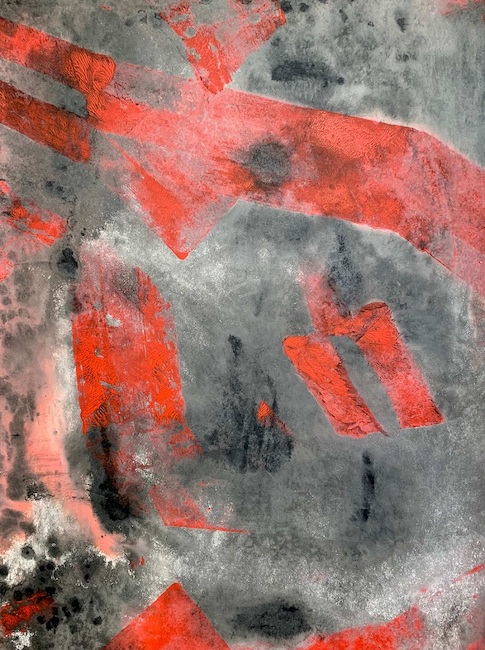
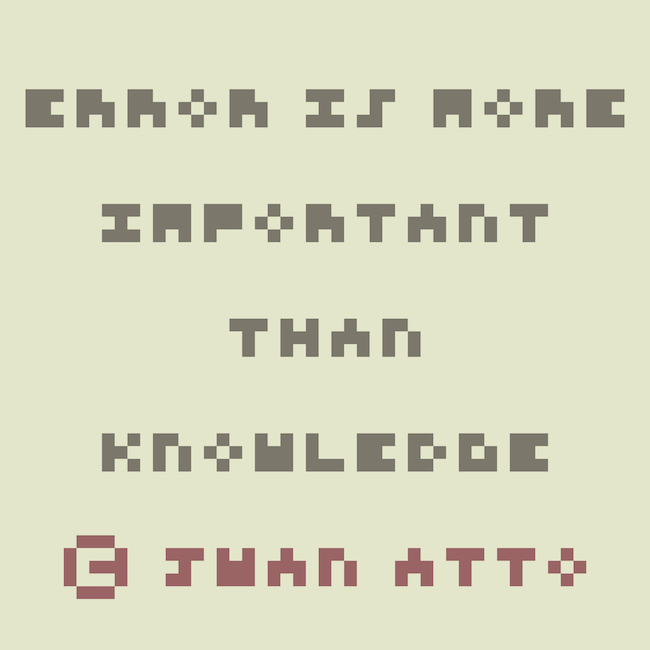
Il pensiero di Atto prende come punto di partenza l’errore che, contrariamente a quanto desiderino affermare tutti gli approcci deterministi, da sempre ha generato i più grandi cambiamenti e le maggiori e più rilevanti scoperte della storia dell’umanità; il tentativo di ignorare le infinite possibilità dell’errore rifiutandone la natura fondante e fondamentale nel campo della conoscenza chiude di fatto la porta a quella base semplice e immediata in cui l’apertura alle opzioni può generare la capacità di prendere atto dell’impossibilità di attenersi a rigide regole prestabilite.
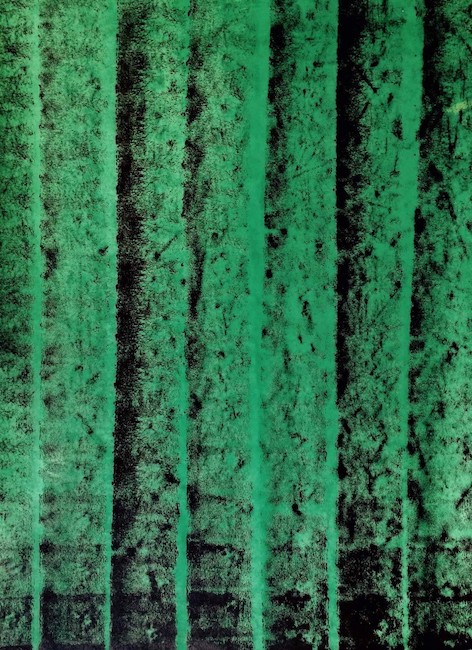
Questo tipo di concezione applicata all’arte dà origine a opere in cui la semplicità è l’elemento imprescindibile per lasciare spazio a tutto ciò che può accadere e giungere a modificare l’apparenza; le opere hanno una matrice espressionista astratta, dove però l’intento creativo è differente, meno immeditato e istintivo e decisamente più studiato, calcolato, proprio per permettere alla casualità di intervenire e cambiare improvvisamente tutto. Nelle opere di Jwan Atto, come d’altronde nel suo pensiero filosofico, emerge l’essenzialità del caos e delle contraddizioni in virtù delle quali la mente si apre a nuove interpretazioni, a nuove modalità coscienti in grado di mettere in discussione ciò che precedentemente viene dato per dato acquisito. Le sensazioni sospese delle tele sembrano essere in attesa di un divenire, di un accadimento incidentale quanto sorprendente in grado di dare un senso completamente diverso a ciò che appare; l’Errorismo prende spunto da tutte le filosofie possibiliste del passato, a cominciare dall’individualismo conoscitivo di Socrate, passando per l’importanza della costante modificazione di Eraclito, per finire al relativismo fisico-filosofico di Einstein, ed elabora sviluppandolo il concetto dell’impossibilità di dare una definizione a ciò che sfugge in virtù della sua natura evolutiva, in perpetua trasformazione e riconducibile al punto di vista del singolo individuo.
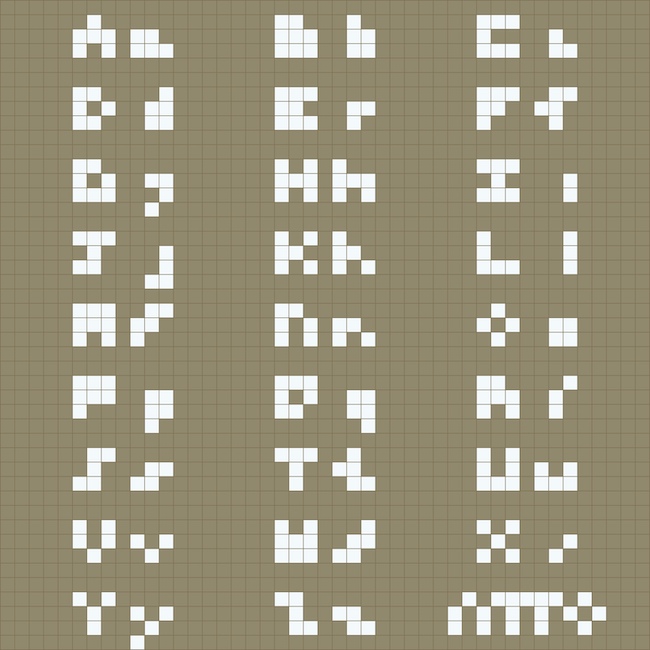
Ma Jwan Atto non si ferma all’arte più convenzionale, quella del colore sulla tela, bensì sceglie di sperimentare e misurarsi anche con le tecniche digitali dando vita a opere di Crypto Arte in cui si svela l’attitudine dell’artista al Minimalismo, alla tendenza a semplificare ciò che potrebbe essere invece arricchito, stilizzato, impreziosito di dettagli grazie all’utilizzo dei frattali in grado di creare dal nulla straordinarie immagini. Atto invece riduce, minimizza i particolari per giungere all’essenza basica del visibile, a quel ridimensionamento che rende la realtà un universo di possibilità da scoprire, da osservare, senza il filtro della mente logica, senza il condizionamento esteriore di come tutto dovrebbe essere lasciando così all’osservatore la facoltà di interpretare secondo la sua esperienza. I volti riprodotti sono contraddistinti da pixel di dimensioni molto grandi per enfatizzare la tendenza e l’importanza che dà Jwan Atto alla curiosità di conoscere, di frantumare letteralmente le verità acquisite e metabolizzate, per approcciare l’immagine con l’apertura necessaria a incrementare il proprio sapere, la percezione di una realtà in perpetua mutazione e variabile in base al punto di osservazione individuale.
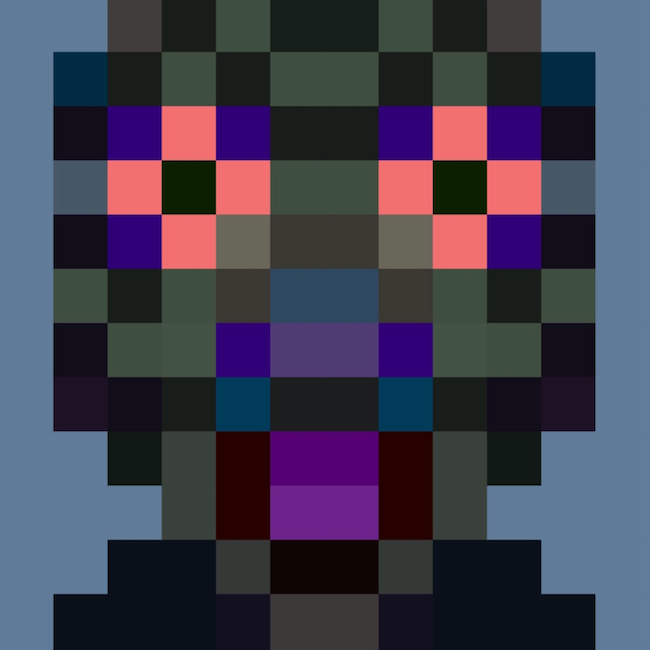
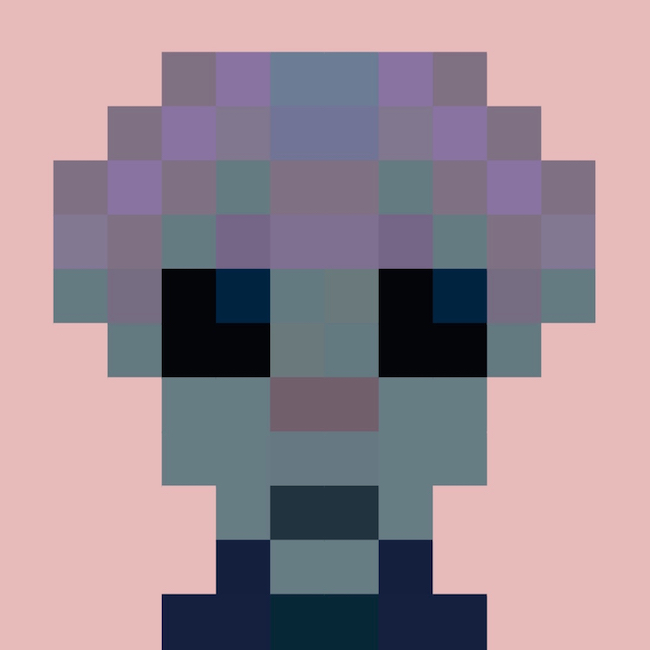
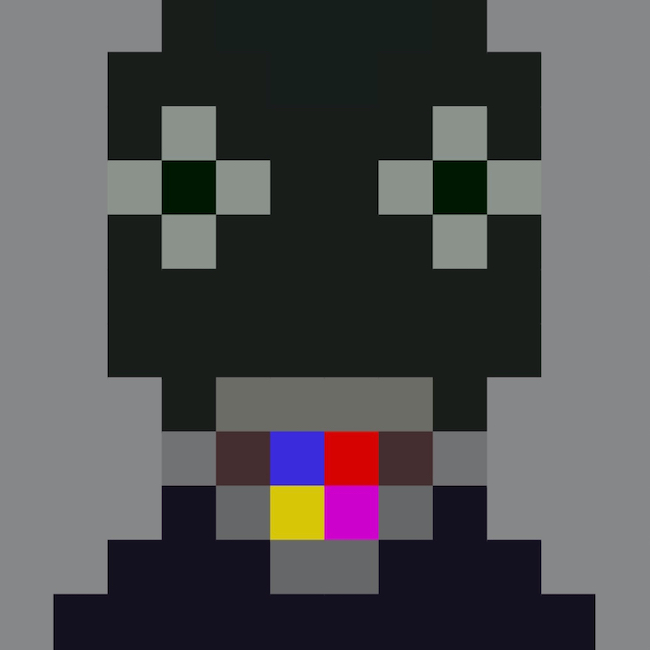
Le opere di Crypto Arte di Jwan Atto sono tutte protette dal sistema NFT che attribuisce autenticità autoriale all’opera digitale, metodo innovativo che ha permesso a Beeple, il più celebre tra tanti, di vendere all’asta da Christie’s una sua opera per quasi settanta milioni di dollari; dunque innovazione e possibilismo sono le caratteristiche che contraddistinguono la produzione creativa di Atto, che sta per registrare al Guinnes dei primati una delle sue frasi trasformata in opera digitale per essere quella con carattere tipografico più piccolo del mondo e con il minor numero di pixel. Nato in Siria ma da anni residente in Lussemburgo, Jwan Atto ha all’attivo importanti premi e partecipazione a mostre internazionali in Egitto, in Siria, in Sudan e, ovviamente, in Lussemburgo; oltre a essere il fondatore dell’Errorismo è anche membro dell’Associazione Artisti Plastici del Lussemburgo.
JWAN ATTO-CONTATTI
Email: c@jwanatto.com
Sito web: www.jwanatto.com
https://rarible.com/quotes
Facebook: https://www.facebook.com/AttoJwan/
Linkedin: www.linkedin.com/JwanAtto
ENGLISH
Jwan Atto, between the philosophy of error and Crypto Art to discover a new meaning of life
Making art is not only a means of expressing one’s inner self and freeing one’s emotions, in some cases it becomes a true way of understanding existence and everything that occurs within that short space of time; many artists of the past have created great artworks based on philosophical concepts, on currents of thought of which the creation of the work was a figurative manifestation. Today’s protagonist moves on several fronts of knowledge and culture, which he then manages to amalgamate and represent in his art.
During the first half of the twentieth century, the cultural fervour and the epoch-making changes that were being generated in the society of the time produced a close correlation between all the artistic and philosophical sectors that wanted to embrace and cross those changes; for the first time in history, paintings were enveloped in concepts and meanings that differed from those purely linked to the image and aesthetics, investigating the human psyche, the world of dream and the multiplicity of reality. Surrealism was the movement that most closely linked up with the studies on the human psyche carried out by Sigmund Freud, who treated several veterans of the First World War with their post-traumatic nightmares exploring their causes and effects, but also set out to explore hidden truths, the modifications made by the unconscious mind when not conditioned by reason.
Salvador Dali’s disturbing and unreal artworks highlighted the sense of precariousness of existence just as much as René Magritte’s canvases tended to question the mystery hidden behind appearances; even the Cubism of Pablo Picasso and Georges Braque testified to how important it had become to observe reality from multiple points of view, through the facets that broke down the real image to give the observer the opportunity to open up and broaden the general view. And again, in the second half of the twentieth century, Edward Hopper’s American Realism was inextricably linked to Existentialism, that philosophical current of the late nineteenth century in which the individual was at the centre of his own inability to escape from pre-existing situations, to make that change that would free him from the immobility that appears clear and disarming in the mid-twentieth century artworks by the great American master.
So the art-philosophy binomial was indissoluble and strongly correlated throughout the 20th century, when the main currents allowed the artists who adhered to them to make their choral expression of thought felt in an incisive and well-defined manner; in the contemporary era, art has taken on a more individualistic connotation, less in need of a sense of belonging or of forming a group in which the guidelines are distinctive and identifiable. In this sense, Jwan Atto, who graduated in biology from Al-Furat University in Syria and obtained a Bachelor of Arts degree from the School of Contemporary Art in Luxembourg, is a voice out of the chorus. Based on his keen sense of analysis of today’s society and his profound knowledge of pure mathematics, theoretical physics, epistemology, bio-geometry and applied chemistry, he founded a current of thought known as Errorism, which also gave rise to the artistic movement with the same name. Atto’s thought takes error as its starting point, which, contrary to what all determinist approaches would like to affirm, has always generated the biggest changes and the greatest and most important discoveries in the history of mankind; the attempt to ignore the infinite possibilities of error by rejecting its fundamental and foundational nature in the field of knowledge effectively closes the door to that simple and immediate basis in which openness to options can generate the ability to take note of the impossibility of following rigid pre-established rules.
This type of conception applied to art gives rise to artworks in which simplicity is the essential element in order to leave room for everything that can happen and succeed in modifying appearances; the artworks have an abstract expressionist matrix, where, however, the creative intent is different, less immediate and instinctive and decidedly more studied, calculated, precisely to allow chance to intervene and suddenly change everything. In Jwan Atto’s canvases, as indeed in his philosophical thinking, the essential nature of chaos and contradictions emerges, by virtue of which the mind opens up to new interpretations, to new conscious modes capable of questioning what is previously taken for granted. The suspended sensations of the canvases seem to be waiting for a becoming, for an incidental and surprising event that can give a completely different meaning to what appears; Errorism takes its cue from all the possibilist philosophies of the past, starting with the cognitive individualism of Socrates, passing through the importance of Heraclitus’ constant modification, and ending with Einstein’s physical-philosophical relativism, and develops the concept of the impossibility of giving a definition to what escapes by virtue of its evolutionary nature, in perpetual transformation and ascribable to the point of view of the individual. But Jwan Atto does not stop at the more conventional art, that of colour on canvas, but chooses to experiment and measure himself with digital techniques, giving life to works of Crypto Art in which the artist’s attitude to Minimalism is revealed, to the tendency to simplify what could instead be enriched, stylised, embellished with details thanks to the use of fractals capable of creating extraordinary images from nothing.
Atto instead reduces, minimizes the details to get to the basic essence of the visible, to that resizing that makes reality a universe of possibilities to discover, to observe, without the filter of the logical mind, without the external conditioning of how everything should be, leaving the observer the ability to interpret according to his experience. The faces reproduced are characterised by very large pixels to emphasise Jwan Atto’s tendency and importance to the curiosity to know, to literally shatter the acquired and metabolised truths, to approach the image with the openness necessary to increase one’s knowledge, the perception of a reality in perpetual mutation and variable according to the individual point of observation. The works of Jwan Atto’s Crypto Arte are all protected by the NFT system, which attributes authorship authenticity to the digital artawork, an innovative method that enabled Beeple, the most famous of them all, to sell one of his works at Christie’s auction for almost seventy million dollars. So innovation and possibilism are the characteristics that distinguish Atto’s creative output, and he is about to register in the Guinness Book of Records one of his sentences transformed into a digital artwork for being the one with the smallest typeface in the world and the one with the fewest pixels. Born in Syria but for many years resident in Luxembourg, Jwan Atto has won major awards and taken part in international exhibitions in Egypt, Syria, Sudan and, of course, Luxembourg; as well as being the founder of Errorism, he is also a member of the Luxembourg Plastic Artists Association.
JWAN ATTO-CONTACTS
Email: c@jwanatto.com
Website: www.jwanatto.com
https://rarible.com/quotes
Facebook: https://www.facebook.com/AttoJwan/
Linkedin: www.linkedin.com/JwanAtto


